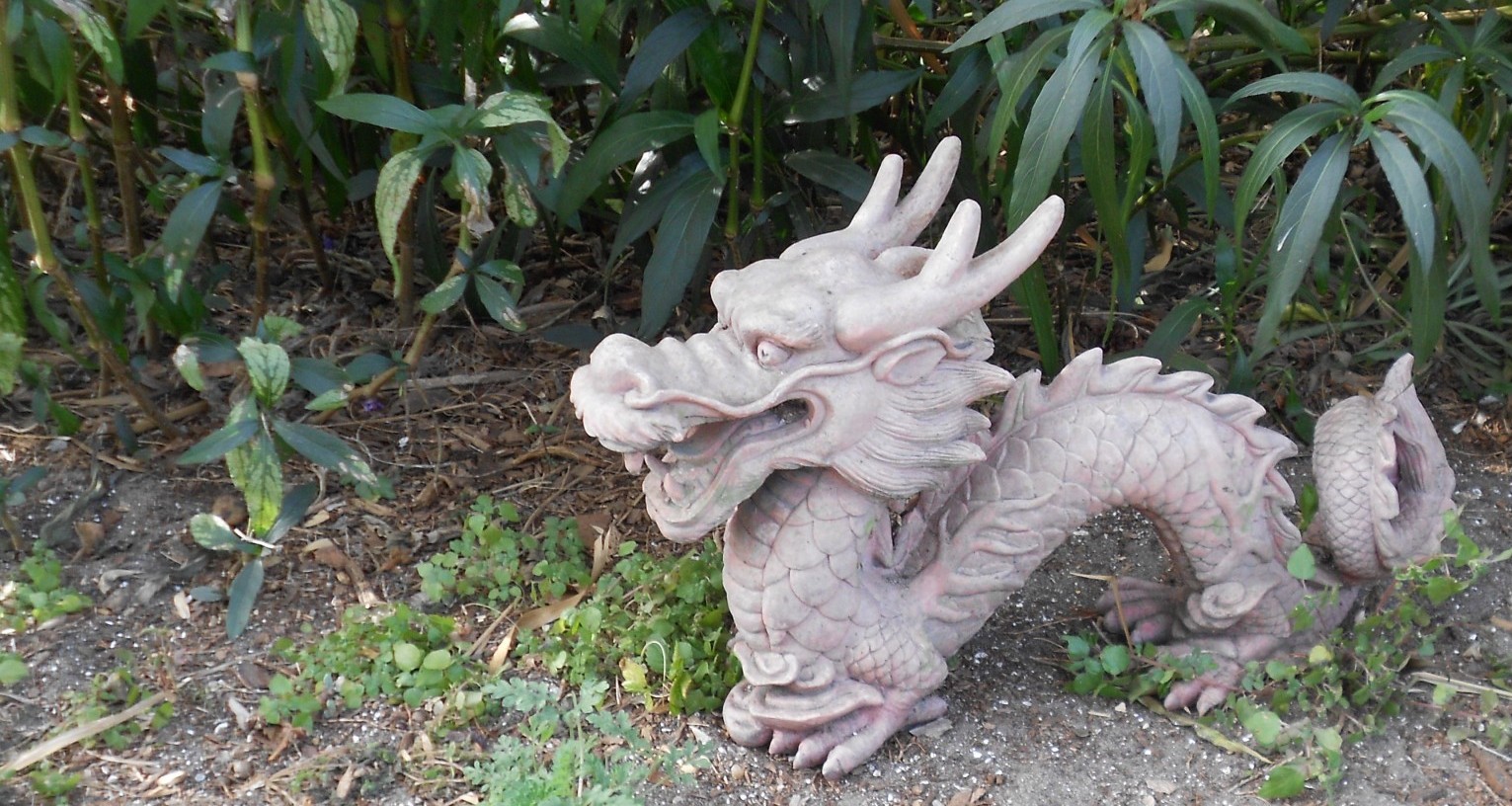
“Little Critters”
More than just cats!
At first glance, you might think that our Large-spotted Genet is another species of cat, albeit an extremely small one. These beautifully-marked residents of the southern African continent are part of the scientific family Viverridae which includes such unique animals as linsangs, binturongs, and civets. Genets, in general, have slim bodies with an extremely long, ringed tail. On average, they weigh 4 pounds (1.82 kg) and measure approximately 3 feet (92.7 cm) in length. Their base coat color ranges from off-white to gray and is covered with dark spots of various sizes. The presence of large eyes on the face of a genet is common to other nocturnal (or night-time) predators as well. The head is small with a pointed muzzle and white chin. Terrestrial (ground-level) foragers, genets feed on spiders, lizards, fruits, small birds, and small rodents. Because their diet consists of both plants and animals, they are labeled as an “omnivore.” After a long night of prowling, they spend most of the day sleeping in hollowed out logs, holes in trees, or under rock ledges. When visiting our genet habitat, you will notice that it is composed of many levels which the adept climber can navigate at an extremely quick pace. They use their long, slim tail as a means of balance when climbing similar to how a tight-rope walker uses a pole. The Large-spotted Genet is currently listed as a species of “least concern” under the International Union for Conservation of Nature (IUCN) meaning the population is not facing any immediate danger of becoming endangered and is very commonly found throughout its native range. Makenbach, S. 2012. “Genetta tigrina” (On-line), Animal Diversity Web. Accessed July 29, 2013. Large-spotted Genet
Source:
African Civet
 The African Civet is one of the most unusual-looking creatures in the animal kingdom. Found in southern and central Africa, they seem to be a mixture of animals from every corner of the globe: the face of a raccoon with its small ears, black mask, and long whiskers; the low front and higher hind quartered-profile of a hyena; and the attitude of a Tasmanian devil. Roughly the size of a small to medium dog, they range from 26 – 37 inches (67 – 95 cm) in length and weigh about 30 pounds (13.5 kg).
The African Civet is one of the most unusual-looking creatures in the animal kingdom. Found in southern and central Africa, they seem to be a mixture of animals from every corner of the globe: the face of a raccoon with its small ears, black mask, and long whiskers; the low front and higher hind quartered-profile of a hyena; and the attitude of a Tasmanian devil. Roughly the size of a small to medium dog, they range from 26 – 37 inches (67 – 95 cm) in length and weigh about 30 pounds (13.5 kg).
As both predator and prey, the civet has a need to remain hidden. Like the leopard, disruptive coloration (color patterns that enable an animal to disappear into its surroundings) is one way to accomplish this. Civets have a grayish base coat color which is broken up by black spots, stripes, rings, and solid patches. As nocturnal hunters, this allows them to attack with stealth; in the daytime, they can sleep unnoticed in tall grasses. Classified as omnivores, the civet’s diet consists of fruits, insects, small rodents, and carrion (dead animals).
These quirky animals spend their time as ground dwellers (terrestrial) and are not good climbers like their relative, the genet. The civet marks its territory with a secretion from a gland near their tail. In the past, this “civet musk” was diluted and used in some of the highest-priced perfumes of Europe. At the height of its popularity, civet musk fetched up to $12.50 per ounce ($438 per kg). Although it has been synthetically produced since the 1940’s, many of today’s top perfumes still contain civet musk as a main ingredient. The African Civet is currently listed as a species of “least concern” by the ICUN.
Source:
Shalu, T. 2000. “Civettictis civetta” (On-line), Animal Diversity Web. Accessed July 28, 2013.


